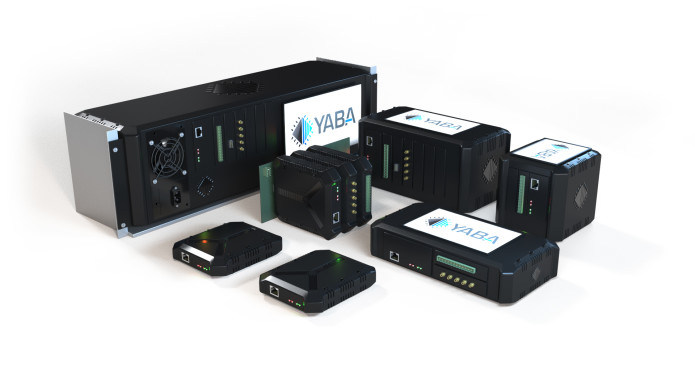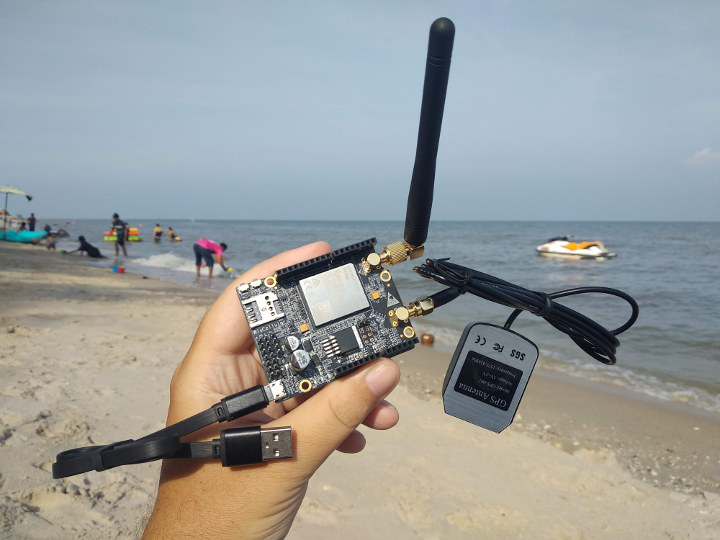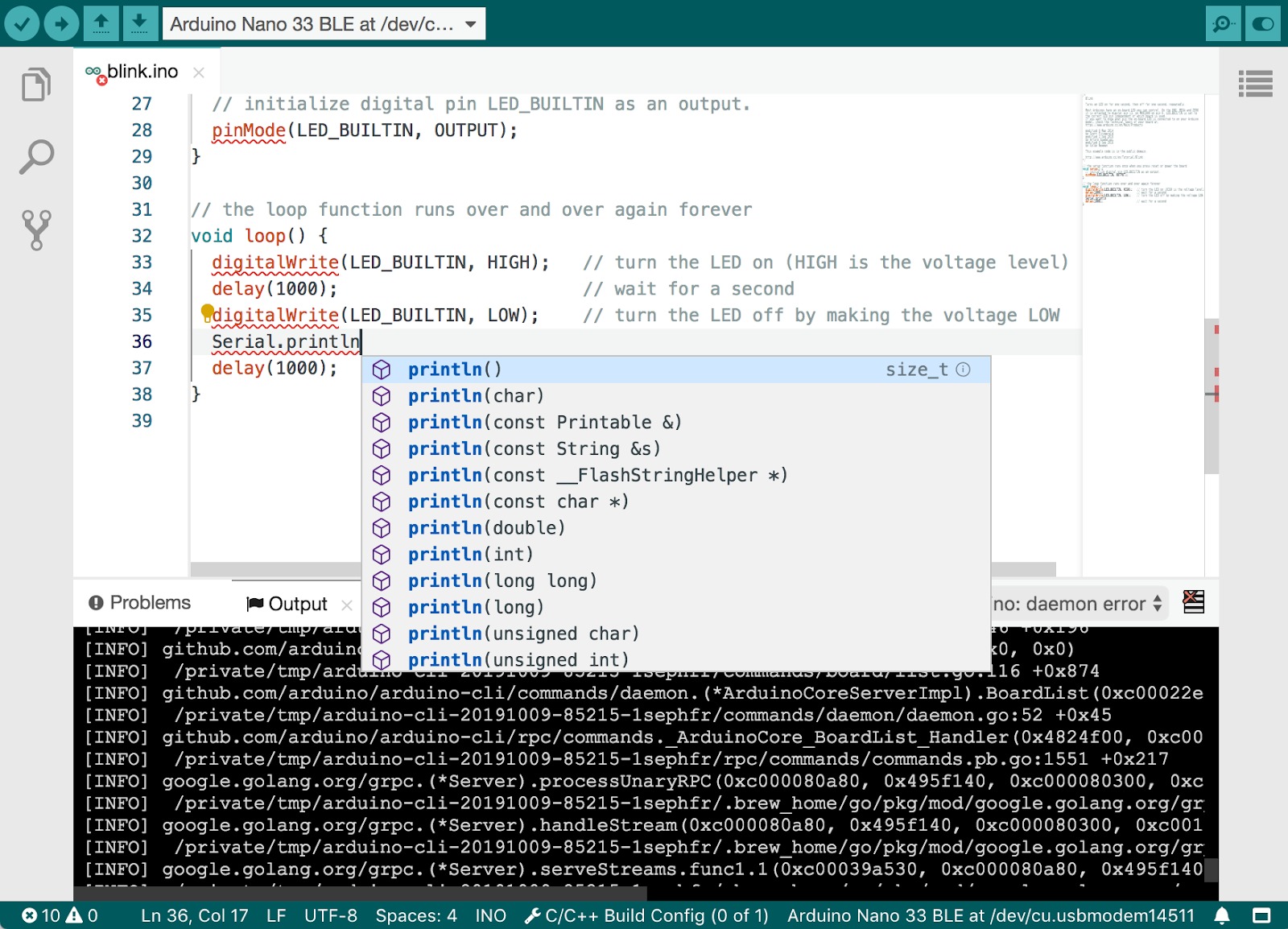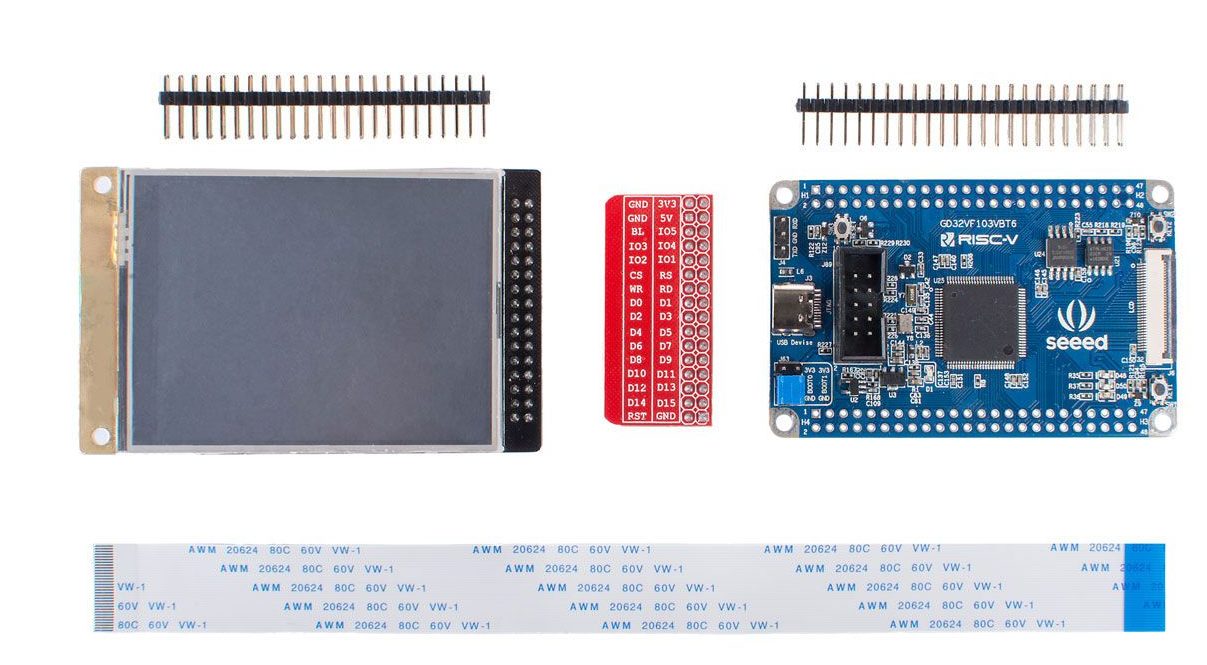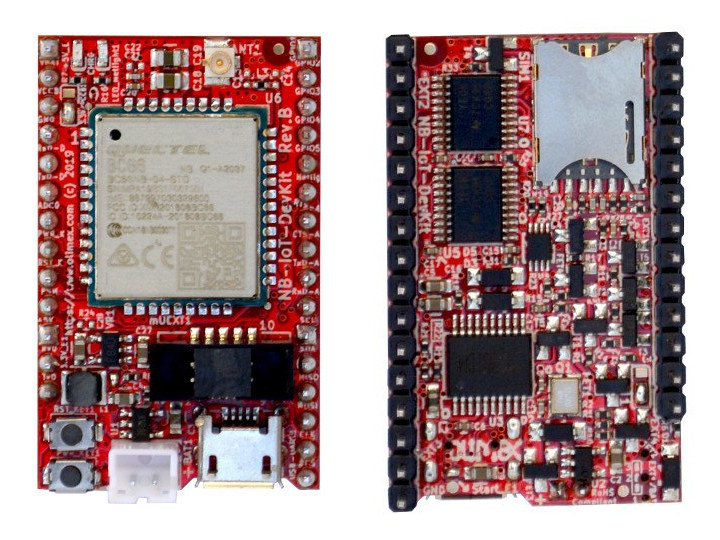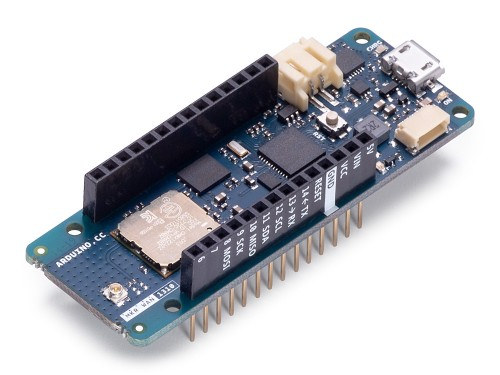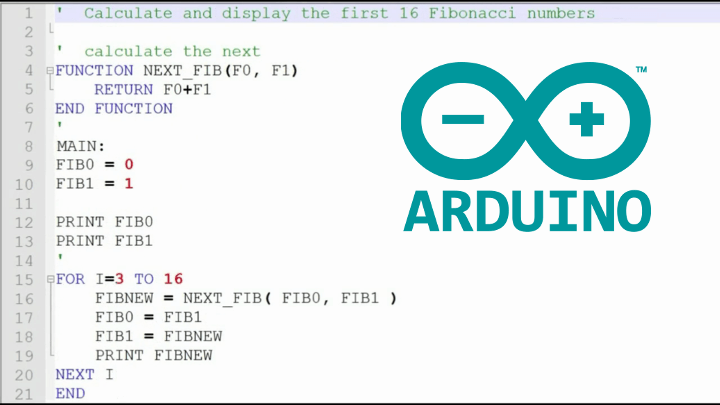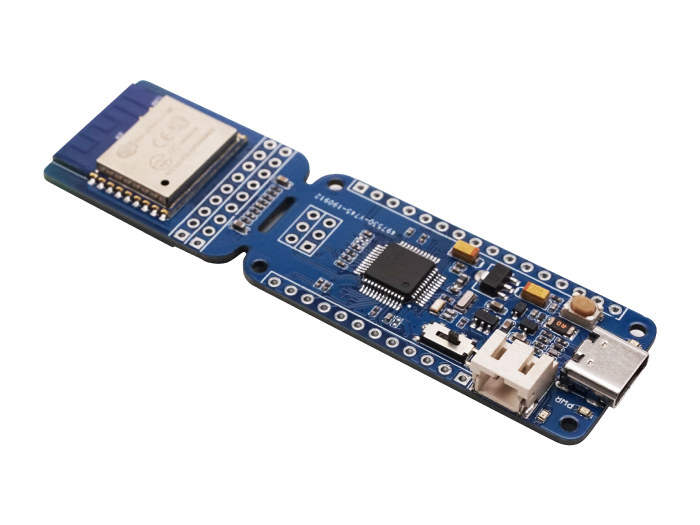Automation and IIoT Through YABA YABA is an acronym and a concept being developed. The acronym is Yet Another Backplane Architecture (YABA). The concept is to bridge the gap between PLC/PAC and open source hardware. The YABA Bridge to IoT YABA is designed to be a robust, open hardware controller that will be a simple but effective midpoint or bridge to the approach of modern industrial technologies in the automation and IoT sector, especially production lines in industrial settings. Where YABA is in Process The process is midstage right now, with a prototype coming. There is an IndieGoGo campaign, but it is at the development stage right at this moment. The developer has reported that the team is about two months out of a working prototype, which should put them an efficient schedule timeline. The project has the backplane, CPU, I/O boards at about 75% complete, and just working towards […]
Giveaway Week – WisCellular NB-IoT & eMTC GPS Tracker
Rak Wireless WisCellular is an NB-IoT & eMTC Arduino shield based on Quectel BG96 module with 2G fallback that is similar to the company’s previous-generation WisLTE board, except it is certified for the global markets. I received a beta sample last year and went through the instructions to use it with a Hologram SIM card, but sadly I never managed to make it work, and eventually learned the Hologram SIM card did not support NB-IoT in Thailand. So I would have had to buy a local SIM card, but at the time, they didn’t sell those, and the only way to get an NB-IoT SIM card was to buy a development kit. Before going ahead with the purchase, I asked about coverage in my area but never managed to get a definitive answer so I gave up. So instead of keeping it in a drawer at home, I’d better just […]
The Arduino Pro IDE Targets Professional Developers
It is an underlying fact that Arduino changed or better still evolved the makers, electronics, DIY, open-source, or whatever ecosystem you can think of. It brought the power of creation to the average users irrespective of your current skill set or experiences. Engineers, Scientists, hobbyists, Professors, Makers, and others and have used the ecosystem Arduino has created to build and teach new things. Aside from the fantastic hardware that made all these possible, one of the significant contributors to this easy to use growing community is the IDE. The Arduino IDE is very simplified for newbies to use. Although the Arduino Classic IDE is a pretty decent IDE for building Arduino based projects, it doesn’t offer much for large scale projects or has the tools advance developers needs. I migrated to using Atmel Studio because of what the Arduino IDE was lacking, and others have considered using other IDEs like […]
Another GD32 RISC-V Development Kit with LCD By Seeed Studio
Recently we highlighted the $5 Longan Nano, a development kit released by Sipeed for the Gigadevice GD32V RISC-V family of microcontrollers. The Sipeed Longan Nano is powered by the GigaDevice’s GD32VF103CBT6, based on Nucleisys Bumblebee kernel (support RV32IMAC instruction sets and ECLIC rapid interrupt). Seeed Studio is currently on this quest for expanding the Gigadevice GD32V RISC-V ecosystem with the launch of the SeeedStudio GD32 RISC-V kit with LCD. The Seeed Studio development kit is based on the SeeedStudio GD32 RISC-V Dev Board and a 2.8 inch 240×320 pixel resistive LCD screen. The Seeed Studio GD32 RISC-V Dev Board is based on the 32-bit general-purpose GD32VF103VBT6 MCU, which can run at up to 108MHz. It comes with a 128KB on-chip Flash memory, and a 32KB SRAM memory. The development board comes with a total of 80 GPIOs, an onboard 8MB Flash and 256 Byte EEPROM, a staggering amount resources for this […]
Olimex Launches NB-IoT DevKit Based on Quectel BC66 Module for 19 Euros
There are three LPWAN standards currently dominating the space LoRaWAN, NB-IoT, and Sigfox. In a recent presentation, Olimex explains NB-IoT (aka LTE Cat NB1) offers several advantages over LoRaWAN and Sigfox which include: Higher speeds of up to 25.5 kbps (UL/DL) Single GSM base station can handle up to 100 000 NB-IoT nodes Single GSM base station can cover up to 10-100km range in rural environments, and 1 to 10km in urban settings Lasts up to 10 years on a Lithium 3V battery if less than 200 bytes are sent per day The main disadvantage they listed was operator dependence, as you rely on the operator for coverage, and anything related to connectivity. In Bulgaria in particular, they found out it was not easy to get an NB-IoT SIM card activated, and the operator may shut you off without notice. For reference here in Thailand, last time I checked I […]
Arduino MKR WAN 1310 LoRa Board Gets HW Security, Longer Battery Life and a 2MB SPI flash
Two year ago Arduino launched MKR WAN 1300 board powered by Arduino Zero compatible Microchip Atmel SAMD21 32-bit ARM Cortex M0+ MCU and a Murata CMWZ1ZZABZ LoRa module based on Semtech SX1276 and STMicro STM32L microcontroller. The company has now announced a new improved LoRa board – MKR WAN 1310 – with lower power consumption thanks to a new battery charger , a 2MB SPI flash which enables data logging and other OTA (Over-the-Air) functions, and a crypto chip that can securely store credentials and certificates. Specifications: MCU – Microchip Atmel SAMD21 32-bit ARM Cortex M0+ MCU @ 48 MHz with 32 KB SRAM, 256 KB flash (8KB for bootloader) External Storage – 2MB SPI flash Digital I/O Pins – 8x digital I/Os, 12x PWM, UART, SPI, and I2C, 8x external interrupts Analog Pins – 7x analog inputs (8/10/12-bit ADC), and 1x analog output (10-bit DAC) DC Current per I/O […]
BASIC Compiler & Programming on Arduino Zero Boards (Crowdfunding)
Arduino boards are normally programmed using Arduino “programming language” that’s more like an API using C/C++ language. But when I started in high-school I remember learning Pascal and BASIC programming languages. Bruce Eisenhard also learned BASIC in the past, so he decided to port his company’s ARM BASIC compiler to Arduino Zero, and it should also work on other boards based on Microchip SAMD21G Arm Cortex-M0+ microcontroller. The compiler includes floating-point, strings, inline assembly, interrupts, pre-processor, and the BASIC firmware supports direct access to hardware registers so you can control digital and analog I/Os, ADCs, and other peripherals using BASIC programming language. A runtime monitor also facilitates debugging. The IDE used for development is called BASICtools that’s a free 30MB download which install programs and documentation. There are also libraries and examples from blinky to more complex code. It’s been possible to run interpreted BASIC on Arduino for a while, […]
Wio Lite RISC-V WiFi Board with ESP8266 Module Launches for $6.9
Released this summer, GigaDevice GD32V generated a lot of buzz, as a cheap general-purpose 32-bit RISC-V MCU, and soon after the $5 Longan Nano development board with LCD display and enclosure was launched to the market. However, many applications benefit or require some network connectivity with WiFi. Espressif Systems is a founding member of the RISC-V Foundation, so RISC-V WiSoCs (Wireless SoCs) are coming, but AFAIK none of those are available yet. In the meantime, Seeed Studio has launched Wio Lite RISC-V board which brings WiFi connectivity to GD32V MCU through an ESP8266 WiFi module. Wio Lite specifications: MCU – Gigadevice GD32VF103CBT6 RISC-V (rv32imac) microcontroller @ 108 MHz with 128KB Flash, 32KB SRAM Wireless Module – ESP8266 WiFi Wio Core with 802.11b/g/n/ WiFi 4 connectivity Storage – MicroSD card slot USB – 1x USB Type-C port for power and programming Expansion – I/O headers for GD32 MCU, I/O header for […]


